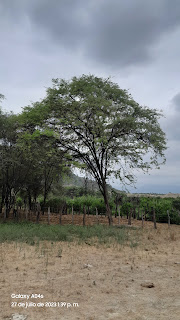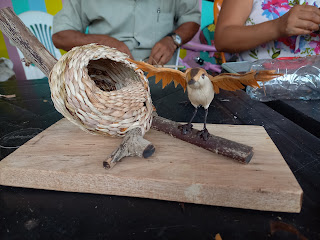The plague of Peruvian carob

Tiny, voracious, it’s eating massively the leaves of the most emblematic tree of Piura. Attacked carob trees ( Prosopis pallida ) in Cruz Verde, a town of Malingas Community , in Tambograndé, Peru, as they looked like on July 27 th , 2023. Locals told FACTORTIERRA that they also noticed defoliation of Caesalpinia paipai in the acres and Malingas Mount . All photographs along this ENTRY by Milton Garcia , distributed by FACTORTIERRA. Again, the Peruvian carob trees ( Prosopis pallida ) are losing their leaves –specialists and activists already have a usual suspect this time, despite they couldn’t quantify the extension, yet, so the cost of the damage. It’s about the Enallodiplosis discordis ( Diptera : Cecidomyiidae ), a kind of tiny fly from the large cecidomid genus, that seems to flourish in dry, desert climates. It was systematized in 1994 by Raymond J. Gagne for a research published by the U.S. Department of Agriculture, now in care of the Smith...


